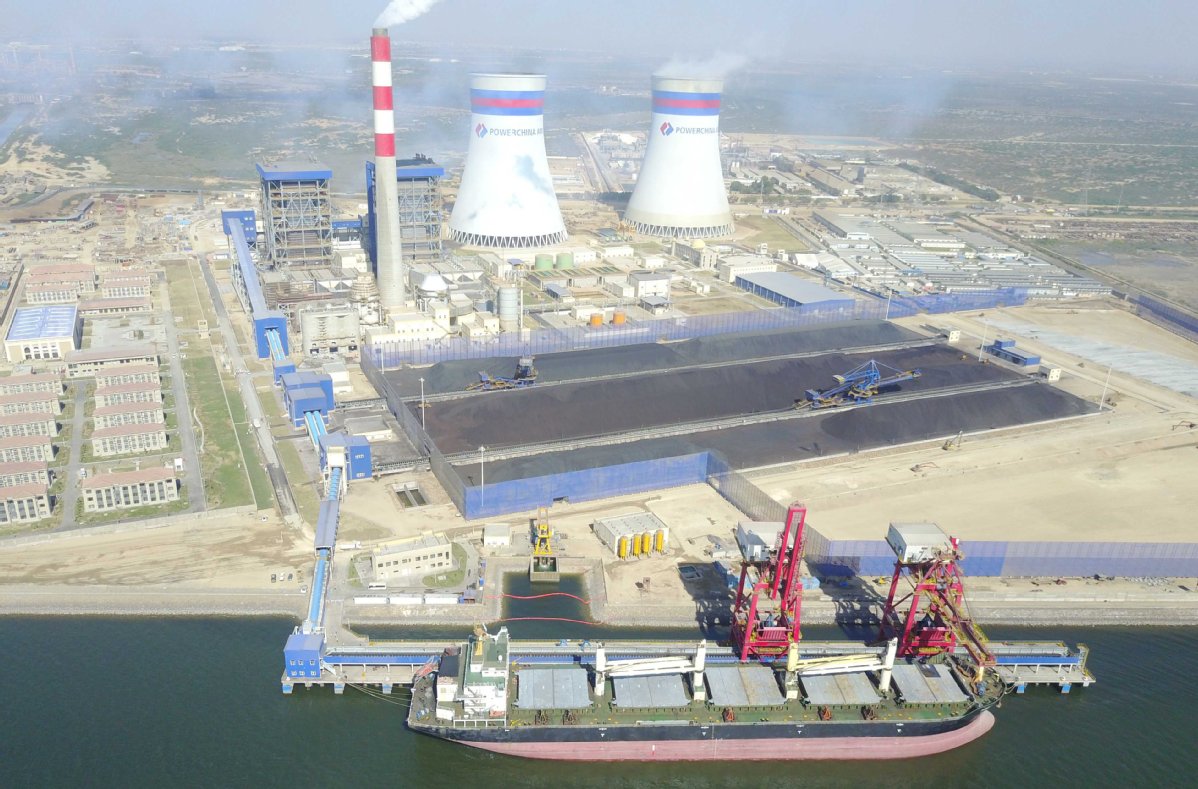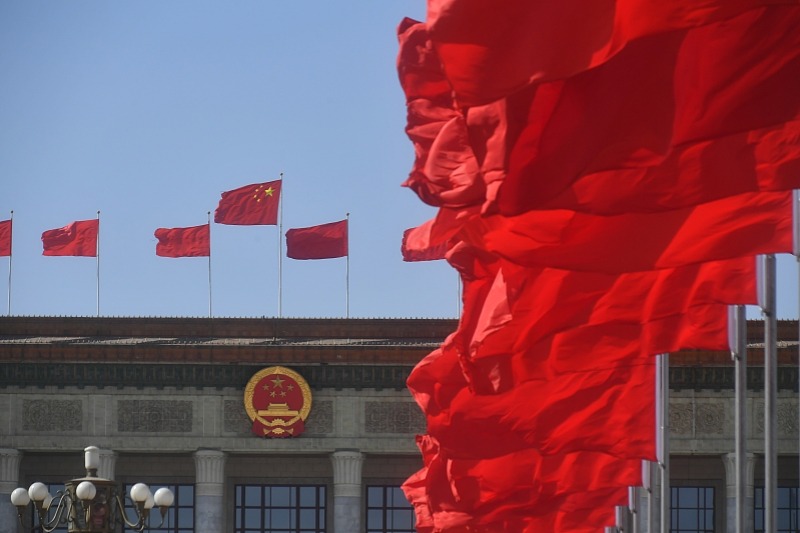BRI gives a needed boost to Pakistan's economy



For thousands of years, China’s commercial ties with the outside world have been symbolized by the ancient Silk Road, which began as a tortuous trading network of mountain paths and sea routes that provided a lifeline for the Chinese economy. Now, through the potentially multitrillion dollar project called the Belt and Road Initiative, Beijing has been reviving the concept with an enormously ambitious plan to build and upgrade highways, railways, ports, and other infrastructure throughout Asia, Europe and Africa, designed to enrich the economies of China and 60 of its trading partners.
In this initiative, China is investing a hefty sum ($900 billion). This scheme seeks to boost integrated economic growth through mega-infrastructure projects. The Belt and Road project includes six corridors under two roads: The New Silk Road Economic Belt, running west towards Europe through Russia and Central Asia and the 21st Century Maritime Road, which focuses on reaching Europe through South Asia and Southwest Africa. As one of President Xi Jinping’s key policies, the Belt and Road project aims to connect China with 60 other countries, setting up potential trade with a further 4.4 billion people.
Among all six corridors, the China-Pakistan Economic Corridor (CPEC), is one of the first of the six corridors to start construction and is receiving $46 billion and a further injection of $1.6 billion. As for the scale and the scope of how large this is, the investment from China is approximately 20% of Pakistan’s GDP. Construction of the CPEC is already well underway and gaining momentum with 502 km of roads already constructed. With an expected completion date of 2017, it has been given priority and a fast track by the Pakistani government.
The investment constitutes a total sum of $46 billion directed at upgrading Pakistan’s existing transportation infrastructure, as well as boosting Pakistan’s energy generation capacity. The proposed special economic zones (SEZs) would follow if the energy and infrastructure projects prove successful. This project will run through most of Pakistan, starting from Gwadar in Baluchistan and ending in Kashgar in western China, while passing through parts of Punjab, Sindh, Baluchistan and Khyber Pakhtunkhwa provinces, and Gilgit Baltistan in northern Pakistan to reach the Khunjerab Pass and beyond to China. Pakistan has prepared a plan to construct three corridors after active consultation with Chinese authorities; these are the eastern alignment, the central alignment and the western alignment.
Gwadar is actually the tail of the silk belt, which will connect Kashgar through different communication networks. Gwadar holds central place in the project of the China Pakistan Economic Corridor, because without making the Gwadar Port fully functional, it would be difficult to see the anticipated corridor as an energy corridor that appears as one of its main objectives behind the construction of the CPEC. Located near the Strait of Hormuz, which channels about one third of the world's oil trade, Gwadar could play a key role in ensuring China's energy security as it provides a much shorter route than the current 12,900 km route from the Persian Gulf through the Strait of Malacca to China's eastern seaboard. It has been said that Gwadar also will put China and Pakistan in a strategically advantageous position along the Arabian Sea, compounding the existing Indian concerns that stem from China's involvement in nearby ports, such as Hambantota in Sri Lanka, Sittwe in Myanmar and Chittagong in Bangladesh.
The proposed project would make an attempt to fix Pakistan’s dilapidated power infrastructure — an urgent and long-unsolved problem that, experts say, shaves at least 2 per cent off the country’s gross domestic product each year. The project will add 18,400 megawatts to Pakistan's energy grid through coal, nuclear and renewable energy projects. An agreement for cooperation between the State Administration of Press, Publication, Radio, Films and Television of China and Pakistan’s Ministry of Information, Broadcasting and National Heritage and a tripartite agreement between China Central Television and PTV and Pakistan Television Foundation for rebroadcasting of CCTV-NEWS/CCTV-9 Documentary in Pakistan were also signed.
With China-Pakistan relations generally considered mutually advantageous, the CPEC is expected to bring prosperity and improved quality of life to the region and in particular, to Pakistan.
Muhammad Javed Iqbal is a lecturer (Economics and International Trade) at Rizhao Polytechnic College, Rizhao, China. He holds an MBA from Shandong University, and is a former research assistant at the Sheikhupura Chamber of Commerce & Industry.
The opinions expressed here are those of the writer and do not represent the views of China Daily and China Daily website.


































